| [1]Shen Y,Jin E,Zhang B,et al. Prodrug lipid forming high drug loading multifunctional nanocapsules for cancer intracellular drug delivery.J Am Chem Soc. 2010;132: 4259-4265.[2]林山,黄晓梅,芮钢,等.数字化珊瑚羟基磷灰石人工骨支架的体外降解性能[J].中国组织工程研究, 2016,20(3):330-335.[3]高昊辰,汪沛,曹志中,等.载米诺环素纳米羟基磷灰石/壳聚糖复合体的体外释放及抑菌性[J].中国组织工程研究, 2016,20(8): 1118-1125.[4]强巴单增,刘晓兰.多孔纳米羟基磷灰石/聚酰胺复合骨修复材料的制备[J].中国组织工程研究, 2016,20(3):392-396.[5]Ginebra M,Traykova T,Planell J.Calcium phosphate cements as bone drug delivery systems: a review.J Control Release. 2006;113:102-110.[6]Xu H,Weir M,Burguera E,et al.Injectable and macroporous calcium phosphate cement scaffold.Biomaterials. 2006; 27: 4279-4287.[7]Ginebra M,Traykova T,Planell J.Calcium phosphate cements: competitive drug carriers for the musculoskeletal system? Biomaterials. 2006;27:2171-2177.[8]Sugiyama T,Akiyama S,Ikoma T.Calcium phosphate with high specific surface area synthesized by a reverse micro-emulsion method.MRS Adv. 2016;1(11):723-728.[9]Desai K,Liu C,Park H.Characteristics of vitamin C encapsulated tripolyphosphate-chitosan microspheres as affected by chitosan molecular weight.J Microencapsulation. 2006;23(1):79-90.[10]Halliwell B.Vitamin C and genomic stability. Mutat Res-Fund Mol M.2001;475:29-35.[11]路继业,王岩,蔡胥.骨髓基质干细胞成骨的研究进展[J].中华创伤骨科杂志,2004,6(5):578-580.[12]Yang W, Deng C, Liu P, et al. Sustained release of aspirin and vitamin C from titanium nanotubes: An experimental and stimulation study.Maters Sci Eng C.2016;64(1):139-147.[13]Esposito E,Cervellati F,Menegatti E,et al.Spray dried Eudragitmicroparticles as encapsulation devices for vitamin C.Int J Pharm.2002;242:329-334.[14]Lin F,Li Y,Jin J,et al.Deposition behavior and properties of silk fibroin scaffolds soaked in simulated body fluid.Mater Chem Phys.2008;111:92-97.[15]Kim H, GuH,Lee H.Microspheres of Collagen-Apatite Nanocomposites with Osteogenic Potential for Tissue Engineering.Tissue Eng.2007;13:965-973.[16]May JM,Qu ZC.Transport and intracellular accumulation of vitamin C in endothelial cells: relevance to collagen synthesis.Arch BiochemBiophys. 2005;434:178-186.[17]Boskey A,Stiner D,Doty SB,et al.Requirement of vitamin C for cartilage calcification in a differentiating chick limb-bud mesenchymal cell culture.Bone.1991; 12(4):277-282.[18]Pizzoccaro M,Nikel O,Sene S,et al.Adsorption of benzoxaboroles on hydroxyapatite phases.Acta BIomaterialia. 2016;41:342-350.[19]Li H,Jiang F,Ye S,et al.Bioactive apatite incorporated alginate microspheres with sustained drug-delivery for bone regeneration application.Maters Sci Eng C. 2016;62: 779-786.[20]Xiao W,Fu H,Rahaman MN,et al.Hollow hydroxyapatite microspheres: A novel bioactive and osteoconductive carrier for controlled release of bone morphogenetic protein-2 in bone regeneration.Acta Biomaterialia. 2016;9:8374-8383.[21]Mizushima Y,Ikoma T,Tanaka J,et al.Injectable porous hydroxyapatite microparticles as a new carrier for protein and lipophilic drugs.J Control Release. 2006;110:260-265.[22]Yang P,Quan Z,Li C,et al.Bioactive, luminescent and mesoporous europium-doped hydroxyapatite as a drug carrier. Biomaterials.2008;29:4341-4347.[23]Ho ML,Fu YC,Wang GJ,et al.Controlled release carrier of BSA made by W/O/W emulsion method containing PLGA and hydroxyapatite.J Control Release. 2008;128:142-148.[24]Sunkara S,Munichandraiah N,Varma KBR,et al.A sonochemical approach for the synthesis of thermally stable mesoporous microspheres of TiO2 for use as high performance anodes for Li-ion batteries.New J Chem.2016;40: 7197-7203.[25]Nostro PL,Ramsch R,Fratini E,et al.Organogels from a vitamin C-based surfactant. J Phy Chem B. 2007;111: 11714-11721.[26]Figueroa-Mendez R,Rivas-Arcancibia S.Vitamin C in Health and Disease: Its Role in the Metabolism of Cells and Redox State in the Brain.Front Physiol.2015, DOI:10.3389/fphys.2015.00397[27]Pham PV,Tran NY,Phan NLC,et al.Vitamin C stimulates human gingival stem cell proliferation and expression of pluripotent markers. In Vitro Cell Dev Biol Anim. 2016;52(2): 218-227.[28]Wei F,Qu C,Song T,et al.Vitamin C treatment promotes mesenchymal stem cell sheet formation and tissue regeneration by elevating telomerase activity.J Cell Physiol. 2012;227:3216-3224.[29]Franceschi RT,Iyer BS.Relationship between collagen synthesis and expression of the osteoblast phenotype in MC3T3-E1 cells.J Bone Miner Res. 1992;7(2):235-246. |
.jpg)
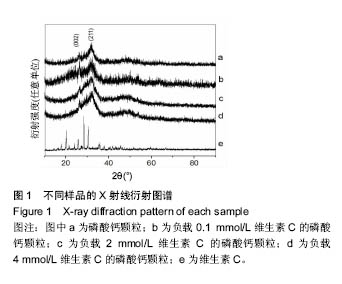
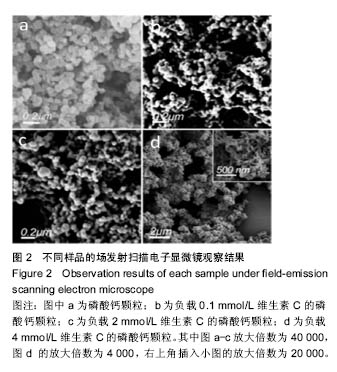

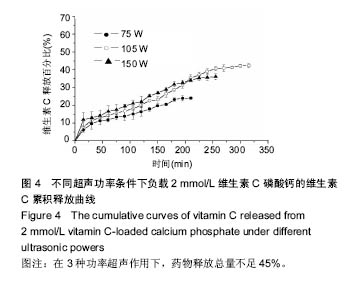
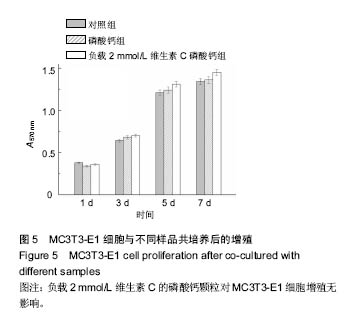
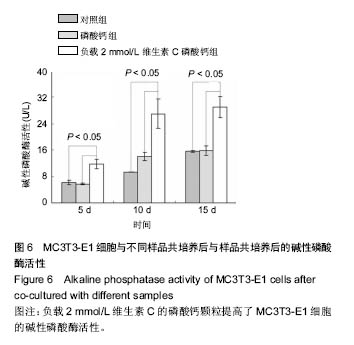
.jpg)
.jpg)